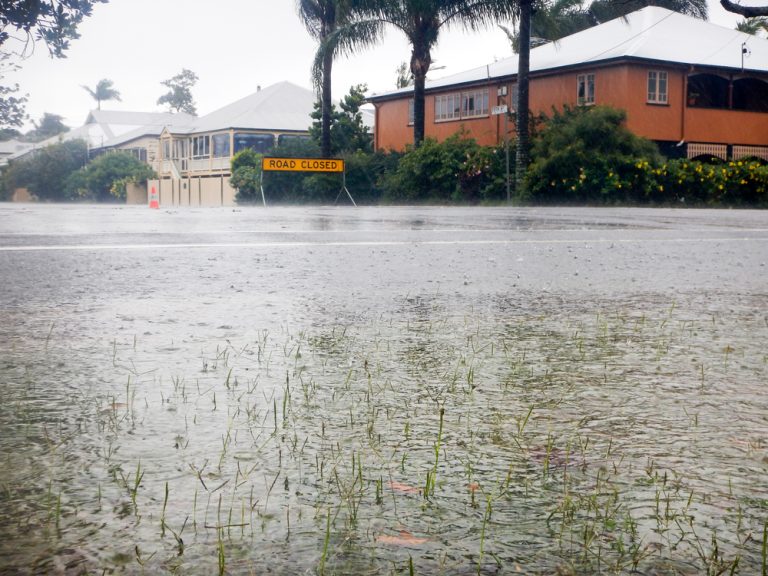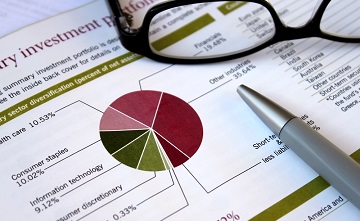When an SMSF may be the wrong idea
Since the Australian Government introduced compulsory employer contributions to people’s superannuation funds in 1992, Australia’s funds invested in super have grown to $3 trillion. In this time, self-managed super funds (SMSF’s) have grown in popularity too. There are currently just over 1 million members with $747 billion in SMSFs across Australia.
SMSFs can have between one and four members. While not yet legislated, the government has proposed allowing up to six members in an SMSF. Most SMSFs in Australia have two members (70%), with most other SMSFs having a single member (23%). According to the ATO, the average value of assets in people’s SMSFs is $320,000. The general recommendation is to have a minimum balance of $200,000 in your SMSF. While it can be tempting to see the potential of being in complete control over your super balance, it may not always be a good idea to set up an SMSF.
Why set up an SMSF?
Many people opt to set up an SMSF to have more flexibility in where they invest their money. Along with more investment options such as residential property and rare asset classes such as art, valuable collectables and physical gold, your SMSF income is taxed at a lower rate of 15%. Compared to the marginal income tax rate for average and high-income earners (usually between 30% to 45%), establishing an SMSF can be an attractive option. However, as with any other type of investing, there are potential downsides and SMSFs can carry significant risks and costs.
What are the risks associated with having an SMSF?
There are several risks associated with having an SMSF. To establish an SMSF, you are legally required to have an investment strategy. When you have an SMSF, you also need to ensure you get tailored advice from your financial adviser to mitigate the risk of making poor investment and financial decisions. Many SMSFs also choose to invest in one asset, such as residential property. This leaves your super balance overexposed to risk, compared to if you had a balanced portfolio in a super fund.
Unlike a traditional super fund, an SMSF has time-consuming administrative tasks and costs. Some of the costs you may incur when you have an SMSF include annual compliance, audit and management costs, investment fees, brokerage fees, wholesale managed fund fees and advisory fees charged by your accountant and financial adviser. If you have an SMSF, it’s important that these fees don’t equate to more than 2% of your super balance. On a balance of $200,000 in an SMSF, the fees would ideally need to be below $4,000 per year.
When you have an SMSF, you are in complete control of your investing, which means you are also solely responsible for keeping up to date with your compliance requirements. The legislation around SMSFs is constantly changing. If you don’t have a genuine interest in continually staying updated on these changes, or the fees to seek regular advice are going to push your annual costs over 2% of your balance, you need to rethink whether an SMSF is the right option for you.
To summarise
While establishing an SMSF can offer you flexibility in how you manage your retirement funds, there’s a raft of risks and costs associated with having an SMSF. Further, an SMSF can be a lot of work, so it may not be the right option for you if you’re unsure whether you want to commit to the ongoing financial, legal and administrative requirements associated with having an SMSF.
If you are considering establishing an SMSF or deciding whether an SMSF is suitable for you, speak to us to obtain personalised advice for your unique situation.
The information provided in this article is general in nature only and does not constitute personal financial advice.






